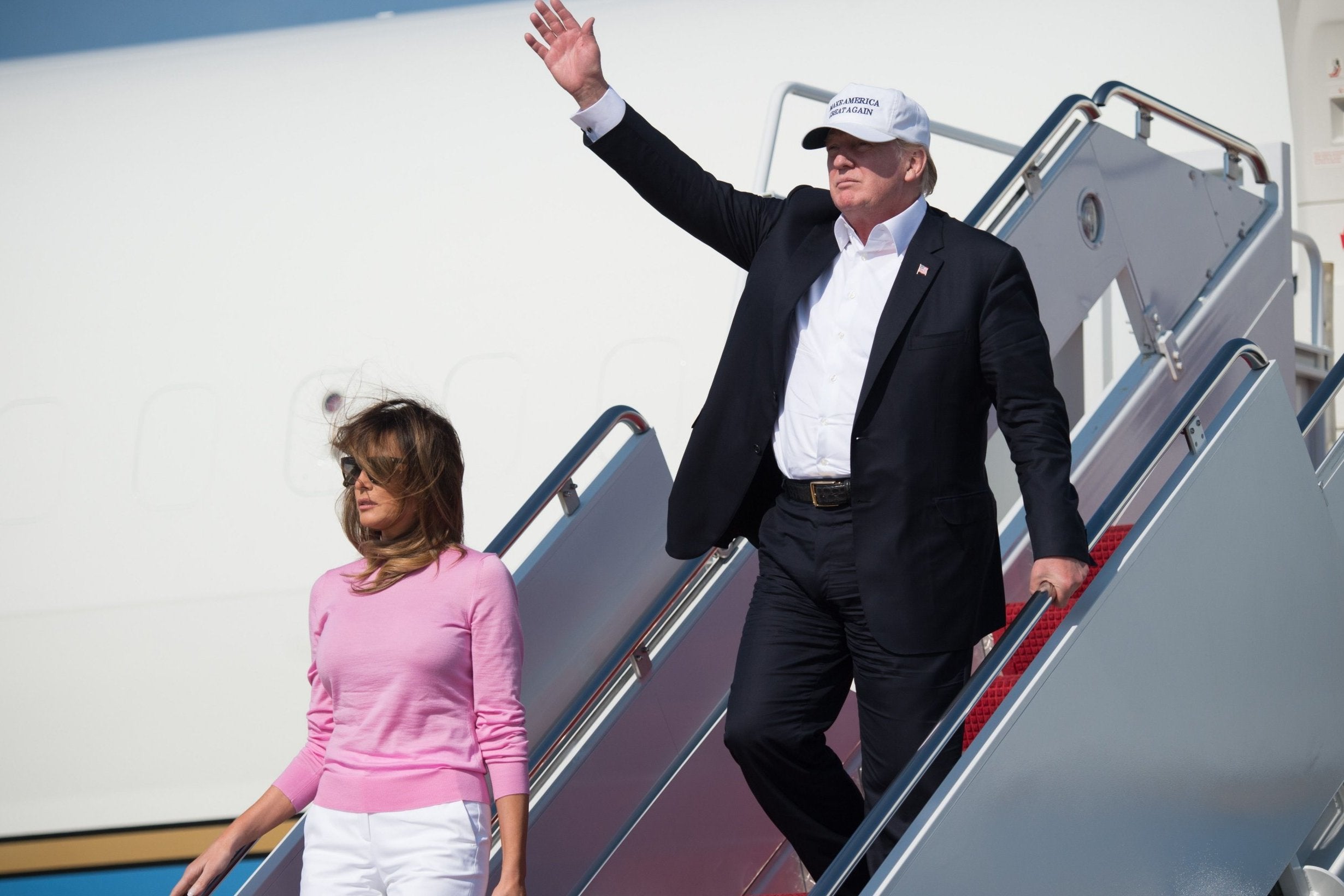What is in Donald Trump’s explosive new draft tariff act and why is it so alarming?

A draft bill titled the “Fair and Reciprocal Tariff Act” has been leaked from the White House.
Aside from its unfortunate acronym (FART), the document is notable for its proposals, which would effectively blow up the global trading system.
But what exactly are they? What chance that we will actually see them implemented? And what would the implications be?
What does the FART bill propose?
Essentially it would give President Trump sweeping powers to hit other countries with new tariffs as and when he saw fit, based only on his administration’s view on where the principles of “fair trade” are being abused by other countries.
But doesn’t he already have this power?
Not formally.
Raising tariffs is usually the prerogative of Congress, not the president.
The recent steel and aluminium levies were imposed by Trump directly himself on the bogus pretext of imports representing a “national security” threat to the US. And some senators are challenging his right to do this.
What the FART bill would do is to remove even the possibility of any such challenge. It would constitute an arrogation of tariff-raising power to the executive at the expense of the legislature.
What would this mean for the World Trade Organisation?
The WTO operates on the basis of certain binding rules on all its members.
The most important rule, known as “most favoured nation” (MFN), stipulates that countries cannot use tariffs to penalise or favour particular countries. All nations have to be treated equally.
This means that if the US, for instance, has a 20 per cent tariff on steel imports from one country, it has to impose that rate on all countries that export steel to the US.
So it can’t hit Mexico with a 50 per cent tariff because it doesn’t like Mexico, or give Russia a 5 per cent rate because it likes Russia.
This is to keep some semblance of a stability and a level playing field in international trade and to prevent bilateral trade wars breaking out.
An exception to the “MFN” tariff rule is for comprehensive free trade agreements, such as the agreement between the EU and Canada, or the North American Free Trade Agreement (NAFTA). Countries in these agreements can offer lower tariff to each other than they offer to other states.
What’s alarming about the draft FART bill is that it seems to want to ignore the MFN rule.
The US news website Axios, which published the leaked draft, quoted one source as saying “it would be the equivalent of [the US] walking away from the WTO”.
What would the implications of that be?
Other nations, not least China, would feel no obligation to respect the WTO’s rules or rulings. Indeed, they would see little point to it while the world’s largest economy was nakedly bypassing the system.
Very soon the global post-war system of rules-based trade and crossborder commerce could unravel at unknown but potentially huge cost to the global economy.
This would, incidentally, be bad news for Britain given Brexiteers want us to strike a host of ambitious new trade deals after leaving the European Union. Such an agenda would very likely collapse in an environment in which states around the world were reneging on their previous tariff commitments and the international system was disintegrating.
What are the chances of FART legislation materialising?
A White House spokeswoman, Lindsay Walters, downplayed this to Axios. And there would likely be overwhelming Congressional resistance. But she readily admitted the draft bill was a serious proposal, drawn up with the approval of Trump.
Incidentally, Walters added that “the current system gives the US no leverage and other countries no incentive [to lower tariffs]”. This is a falsehood. A global trading superpower like the US, of course, has considerable leverage within the WTO framework.
In reality, the Trump administration has been actively sabotaging the WTO by blocking the appointment of judges to the body’s appeal court, where disputes are resolved. This obstructionism threatens to bring the entire dispute resolution system to a halt next year.
And this has stoked fears in Europe that Trump’s real agenda is not to reform the WTO or toughen up its sanctions, but to kill it off.
The proposed FART bill will do nothing to assuage those fears.
Join our commenting forum
Join thought-provoking conversations, follow other Independent readers and see their replies
Comments
Bookmark popover
Removed from bookmarks